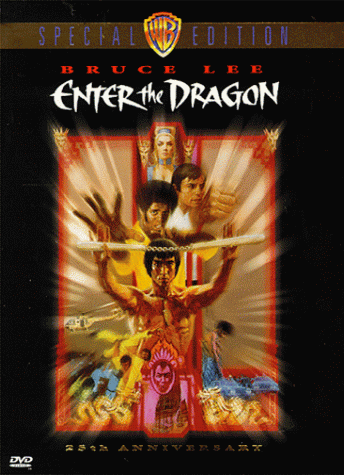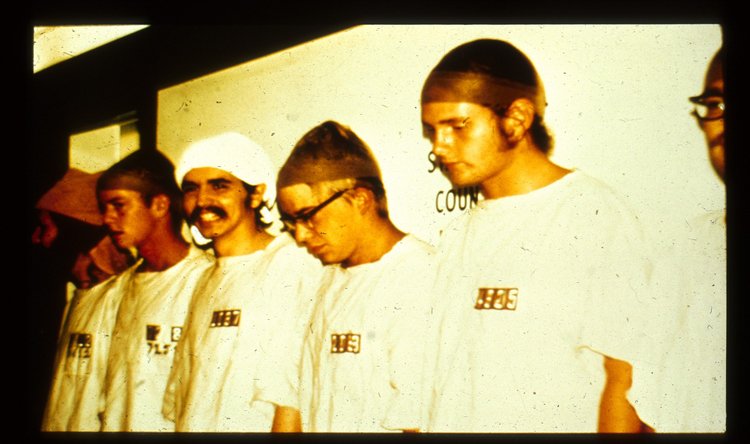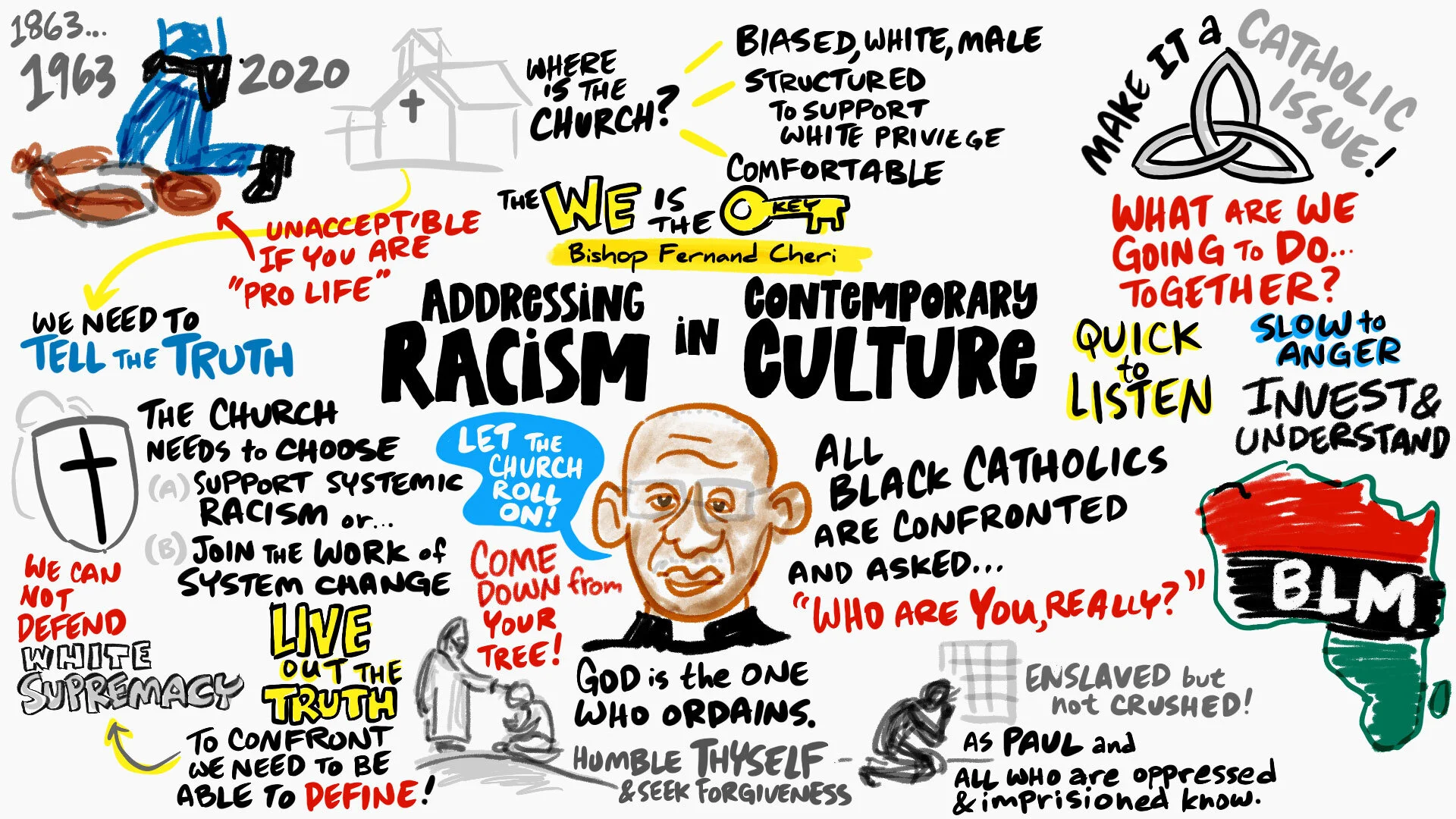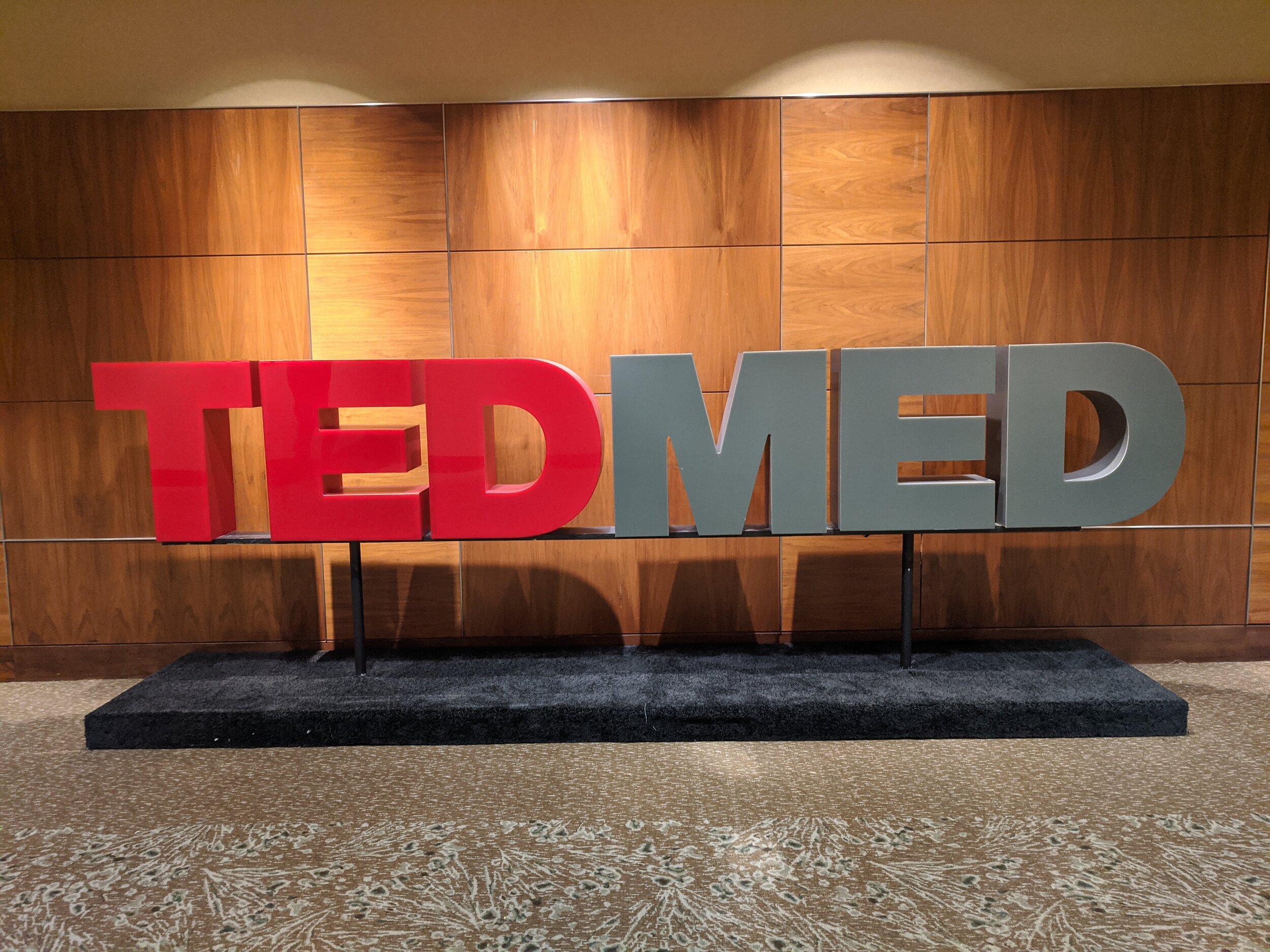Recipes for Design, Recipes for Disaster?
/ In his weekly newsletter/blog, Mark Hurst, founder of Good Experience, warns of the dangers of looking for rules for good design.
In his weekly newsletter/blog, Mark Hurst, founder of Good Experience, warns of the dangers of looking for rules for good design.
In his post titled The Good Experience Worldview, Mark writes:To be sure, there are some user experience experts who assert "the 205 rules of proper design," as though being a good practitioner merely means memorizing the tactical rules and methods. Call these the "gurus"; there are plenty of followers who want, and demand, what they're offering.
It seems that Hurst's irony was lost on a few. One frustrated reader responded to his criticism with a plea for even more structure and guidance:Guess I've been too busy over the past 11 years to learn the rules. Feeling the fool, I googled "205 rules of proper design' and got zilch. Since my marketing and design techniques have developed from doing, as opposed to reading about them, can you provide a reference?
Ah, the rules. We clammer for them later in life after spending our youth flaunting them.
I agree that adhering to any "dogma of design" can lead an individual or group down a dangerous--or worse, a predictable--path. However, I find so many organizations begging to learn the process of creativity, and that of creativity's persnickety step-sister, design.
 It is easy to say that no rules is good rules [sic] when one has experience. Now, what if I wanted to learn another complex art form or practice, like, say, Kung Fu. When I was ten-years-old, my friends and I were convinced we knew all about this martial art from watching Bruce Lee's "Enter the Dragon".
It is easy to say that no rules is good rules [sic] when one has experience. Now, what if I wanted to learn another complex art form or practice, like, say, Kung Fu. When I was ten-years-old, my friends and I were convinced we knew all about this martial art from watching Bruce Lee's "Enter the Dragon".
God help us if we ever did battle with a real evil genius!
I often see the same phenomenon after a group of MBAs watch the episode of Nightline that profiles IDEO's ideation process used to redesign the shopping cart.
Perhaps the best "toolkit" includes fewer rules and more guidance on appropriate questions to ask, for example:
- What is the need?
- Where can we find inspiration?
- Have we defined the problem?
- Are we asking the appropriate questions?
 Bruce Mau's famous incomplete manifesto offers curt aphorisms such as:
Bruce Mau's famous incomplete manifesto offers curt aphorisms such as:
Forget about good. Good is a known quantity. Good is what we all agree on. Growth is not necessarily good. Growth is an exploration of unlit recesses that may or may not yield to our research. As long as you stick to good you'll never have real growth.After the launch of the major exhibit Massive Change (the rules of which are 1. LEARN and 2. ACT), Bruce Mau has shuffled off the title of designer, and taking a more expansive view of design itself. Even lending a hand at redesigning the rules of engagement by the UN. You can hear a presentation by Bruce Mau on "global creativity" presented at Pop!Tech at IT Conversations.
Dominic Muren of ID Fuel describes the job as a designer as "...someone who finds new ways to solve problems using the materials, processes, and understanding that we have now."
For those of you who are on the path of uncovering the problems, principles, processes, questions and dilemmas of design, I do recommend Mark Hurst's Good Experience newsletter as well as the product design site, ID Fuel.
As for Alphachimp Studio, we have avery simple rule set: "Make stuff. Makes stuff happen."








